Articles
Are electric vehicles low-maintenance?
July 9, 2024
In the first “On The Move” segment about electric vehicles, 5 On Your Side answered questions about charging and charging stations with Ameren and other EV specialists. Watch that segment here for important specifics.
But for this week’s segment, the folks at Bommarito let Traffic Anchor Paul Cook behind the wheel of an EV for the first time. The experience was pretty enlightening, and the silence was almost distracting at first.
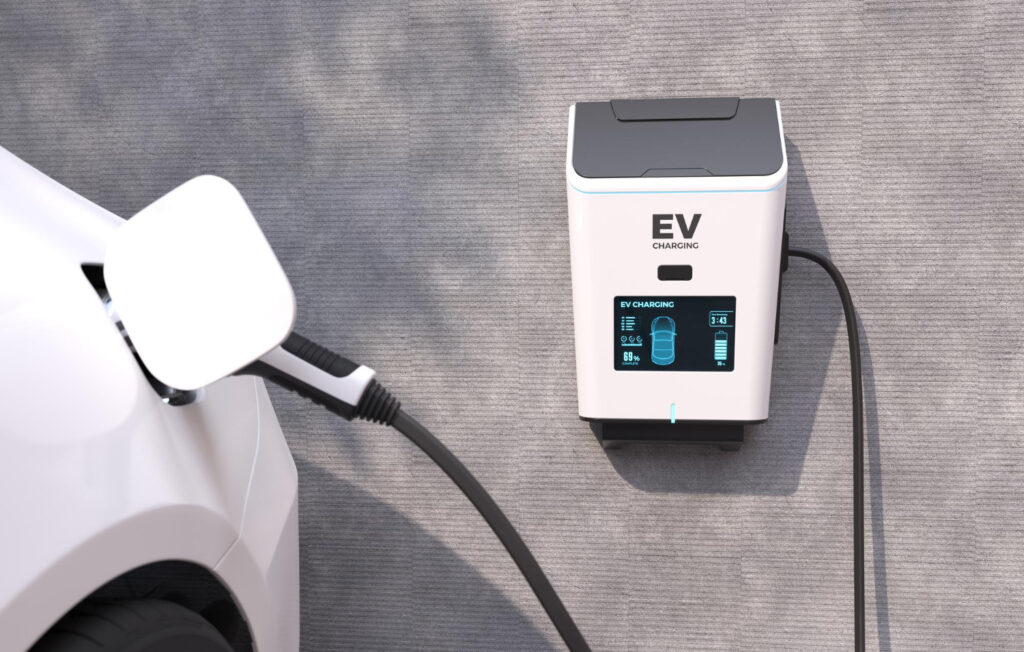
The Future of Car Insurance: The Rise of EVs
June 2, 2024
We’re officially living in the age of the electric vehicle (EV). Global sales of EVs surpassed 10 million in 2022, and the International Energy Agency (IEA) projects this figure to nearly quadruple by 2030. In the U.S. alone, there are currently 3 million EVs on the road and more than 130,000 public charging stations — and those numbers will continue to grow.
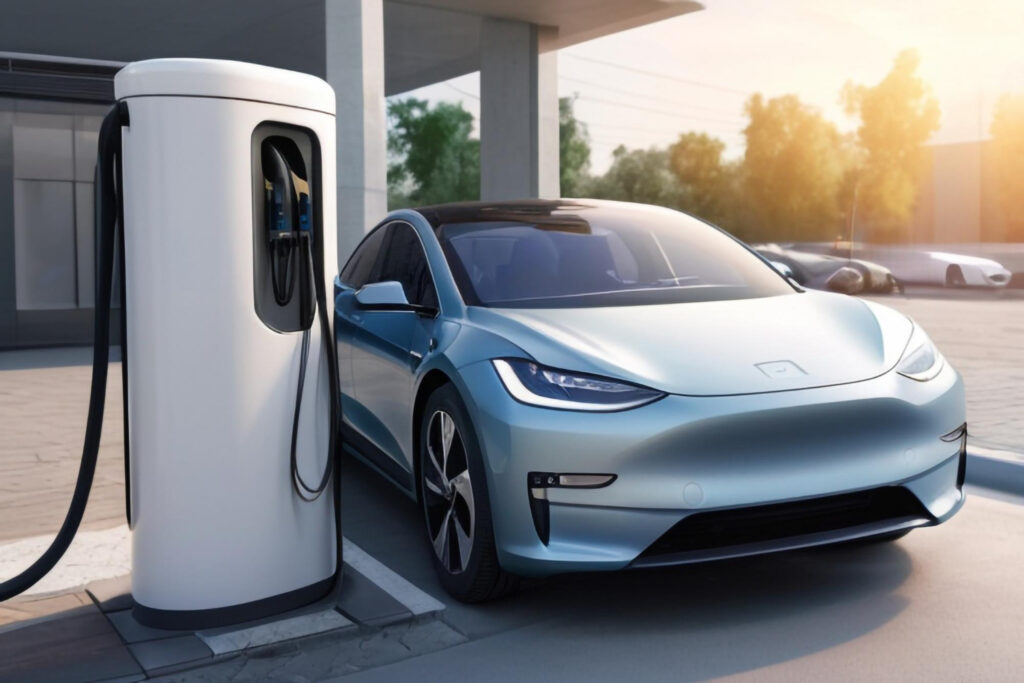
Electric Car Battery Life: Everything You Need to Know, Including How Long They Last
May 10, 2024
Compared to combustion-engined cars, electric cars have fewer moving parts, regenerative braking tends to mean less frequent replacement of pads and rotors, and servicing requirements are greatly reduced. Add in the ability to charge on the cheap during low demand times, and choosing to purchase or lease an EV isn’t just about lowering tailpipe emissions, but spending fewer hard-earned dollars on fuel. However, EVs do tend to cost significantly more to purchase.
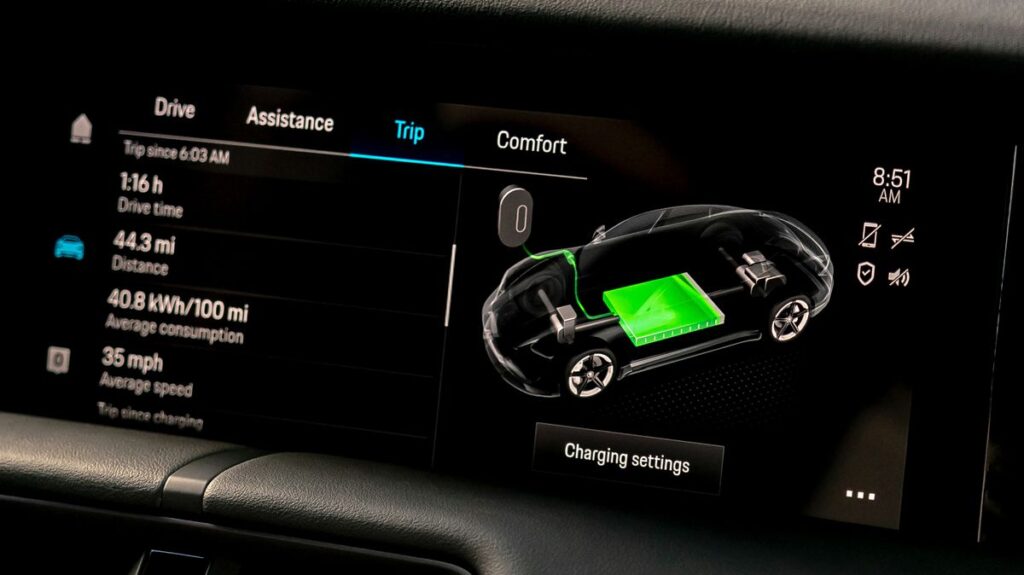
How your province rates in the global electric car race
April 5, 2024
One of Canada’s largest and most out-of-control sources of climate pollution is the CO2 we pump out our tailpipes. These emissions keep rising because the number of fossil fuel-burning vehicles (burnermobiles) on our roads keeps rising. To avoid a full-blown climate crisis, our emissions must fall to “net zero” in a few short decades. That will require zero tailpipes spewing CO2. To get there in time, Canada set a goal for all new cars and trucks to be zero-emissions vehicles by 2035. That’s just a little over a decade away.
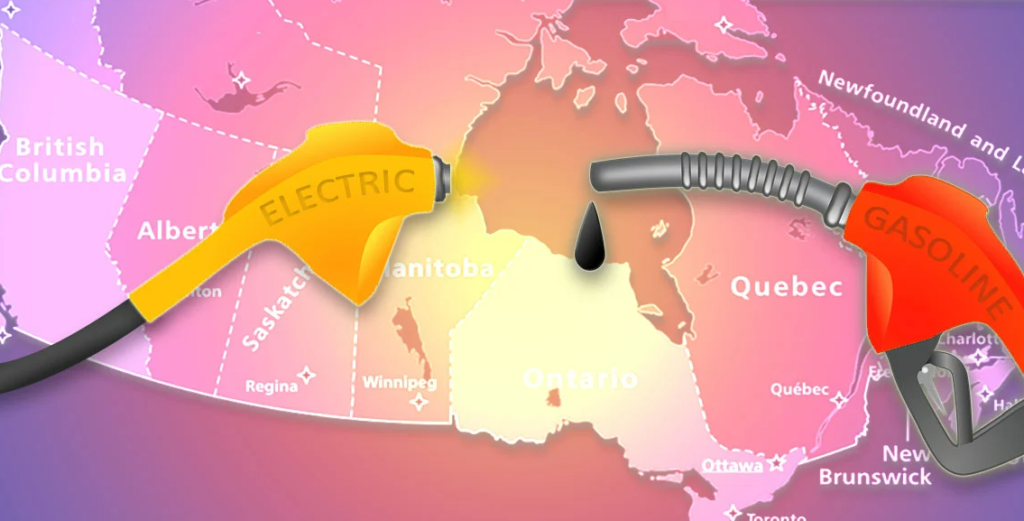
Future Electric Vehicles: The EVs You’ll Soon Be Able to Buy
April 5, 2024
Electric cars are the future, and each year we’ve seen automakers add more EVs to their lineups. Everyone is working on electric vehicles, from well-established existing manufacturers to new names such as Lucid, Canoo, and Rivian. We’ve compiled a list of every electric vehicle, from concept to production, that isn’t available yet but will be soon.
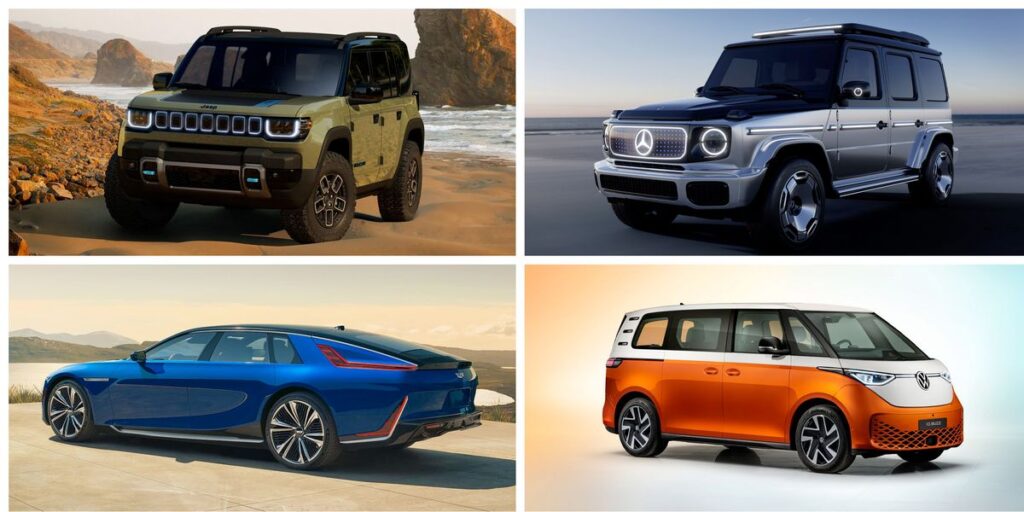
Online EV Wholesaler Plug Powers Dealers With Data
November 21, 2023
The key to Plug’s business model, is what Plug CEO Douglas calls “democratizing” access to information about features and technology that are unique to EVs. The idea is to create more of a balance between the number of dealers who are knowledgeable about the vehicles and those who may be missing out on sales because they aren’t armed with the information to speak with confidence to prospective customers.

The EV Transition Is Revving Up Connected Efficiencies for Commercial Fleets
September 27, 2023
No product might be more emblematic of today’s technical innovation than the car. That’s because the humble automobile has been so swept up in the rapid pace of today’s ongoing digitization that Mercedes drivers in Germany can now make digital payments directly from their car using biometric authentication.

The 10 Electric Cars With The Longest Range
April 3, 2023
What to watch for when buying a long-range electric car?
Charge to 80%: EV manufacturers typically recommend charging only 80 or 90 percent to maintain battery health. So, an EPA estimate of 350 miles could translate to 280 miles of usable range. Climate has an impact: Cold temperatures can decrease the EV range from a single charge and slow down charging times. Operating the vehicle’s climate control system also diminishes the range.
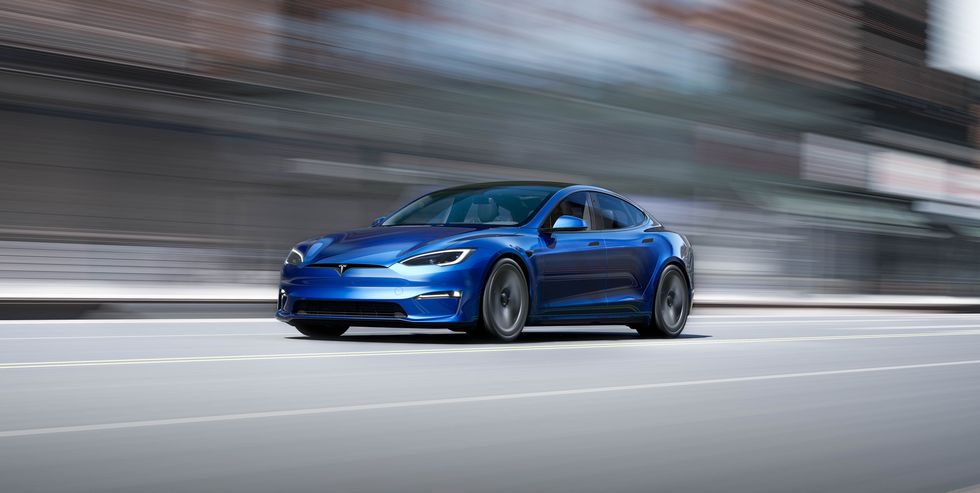
Converting to electric vehicles: 7 key opportunities for fleet owners
January 18, 2023
For the world to continue moving at the current pace, sustainable change needs to be a way of our lives. One way fleet businesses can be more environmentally conscientious is by transitioning some or all of their fleets to electric vehicles. Before a business adopts electric vehicles into their fleet, there is a significant learning curve that comes with owning a battery-powered vehicle. To optimize your investment in electric fleets, it is important to understand what it takes to operate them and the myriad unexpected details tied to adopting EVs into your fleet.

How Are Electric Vehicles Better for the Environment?
January 3, 2023
The production of EV batteries also creates upstream emissions. In fact, the production process for EVs can be more taxing on the environment than that of ICEs. Still, EVs remain the cleanest option for transportation as their entire life cycle is much more sustainable overall. Due to their use of electricity as fuel, driving makes up for their higher manufacturing emissions. On average, an EV produces half of a conventional vehicle’s carbon emissions over its lifetime, completely outperforming from a sustainability standpoint.

